Strategy
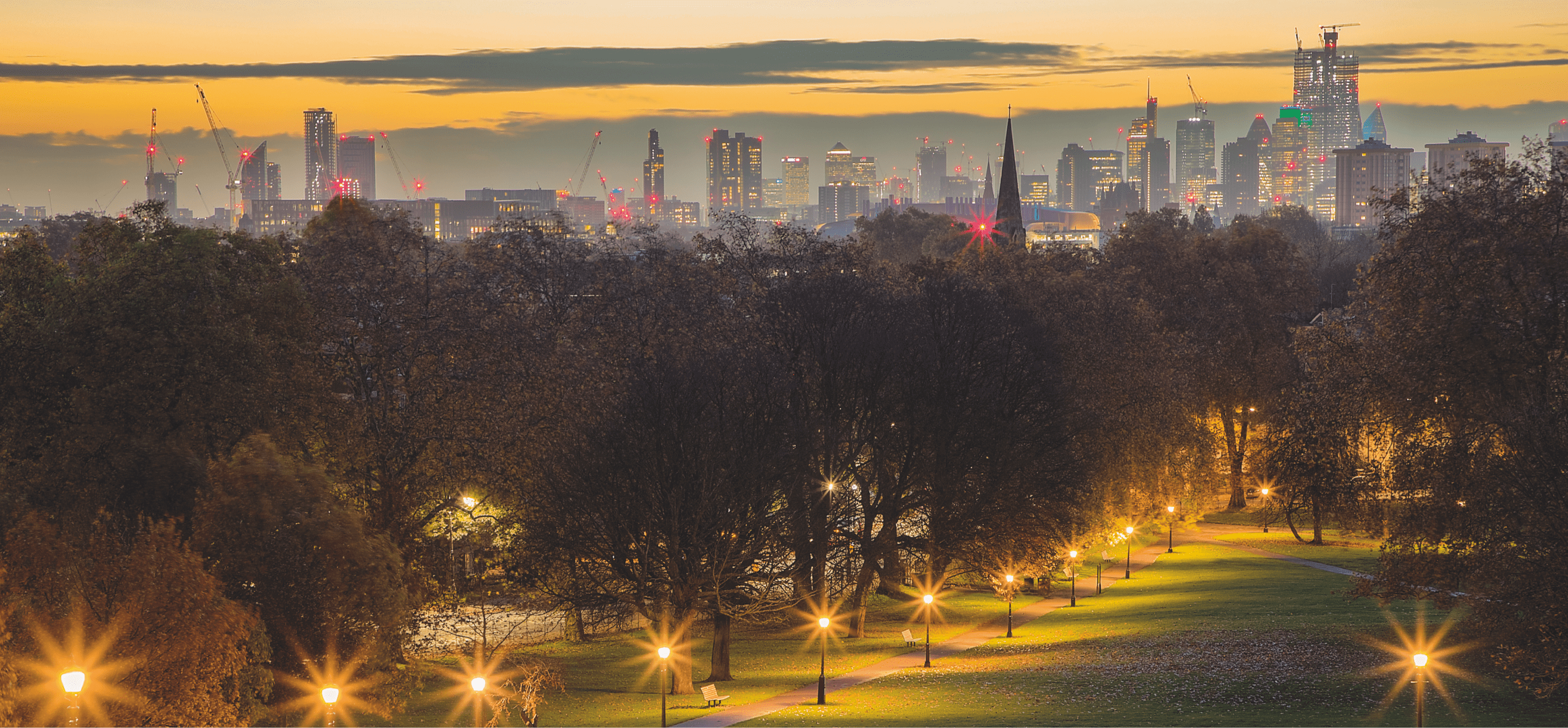
Brockton is all about London.
And the star satellites of Cambridge and Oxford; tech and life science clusters which together make up the Golden Triangle.
Over the 2006-2020 period, around 75% of Brockton’s investment capital was focused on London and its wider metro area. This geographic area, which makes up around 40% of UK GDP, is where Brockton Everlast is now solely focused.
Greater London Office stock totals around £200bn in value and 290m sq ft of space across tens of thousands of buildings.
Cambridge and Oxford together hold around 40m sq ft of Office, Lab and R&D space.
This is the backyard in which Brockton Everlast invests.
The great urban critic and grassroots activist Jane Jacobs said this (below) about London. It was an incredibly prescient commentary, written over 50 years ago.
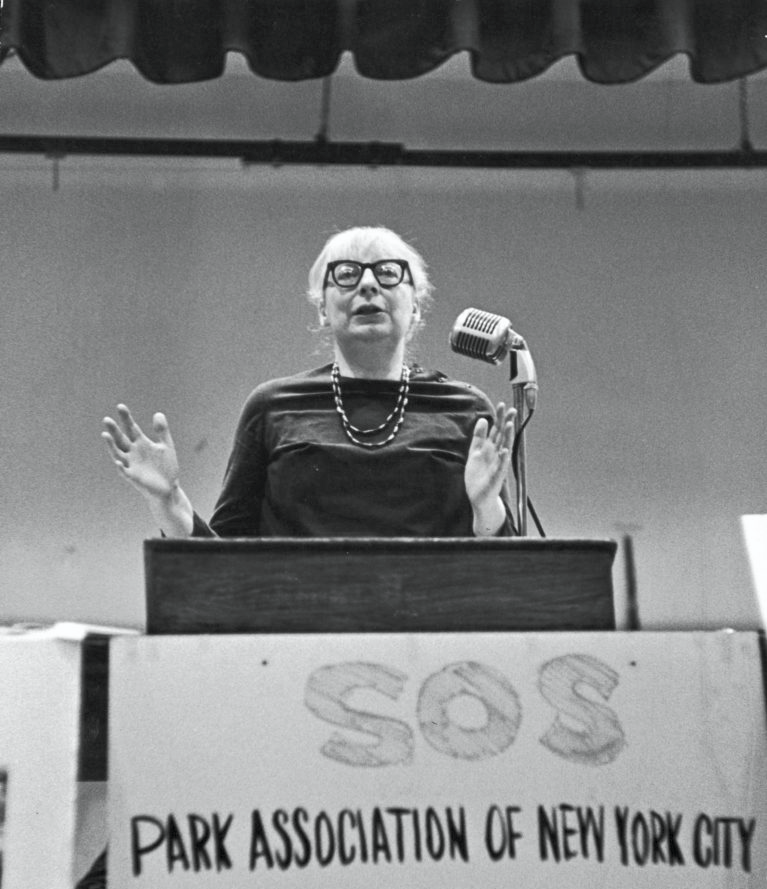
"London I very much admire. In fact, I am practically awestruck by London, not only for the obvious reasons but because in historic times London has had a longer period of uninterrupted, self-generating, economic growth than any other city in the world. It has gone on longer without stagnating than Rome or Paris. Study of it, and of how it has generated new economic activities, would pay, not just for Englishmen but for all mankind.
"A city that begins actually solving, not evading, the air pollution problem, will begin to export devices for controlling air pollution in other cities that have not managed to solve this for their own economy.
"So far from denigrating cities because of the problems they create, we should recognise that these problems are opportunities. What we call faults of cities are really bringing problems to a head where they can be solved... Life keeps casting up new problems, and the cities have been, and certainly will continue to be, the places where they can be solved."
Jane Jacobs, architecture and planning journalist, grassroots activist and co-founder of the Joint Committee to Stop the Lower Manhattan Expressway, in a speech at RIBA, London, 7th February 1967.
Our Strategy
Brockton Everlast Inc. was formed in 2018 as a private real estate company with the following strategy and structure:
- strategic goal of acquiring around £3.0bn-£4.0bn of assets within the central London office market and the wider London metro area, to include both Cambridge and Oxford, and potentially other knowledge-based sub-markets.
- focus on investing into and occasionally developing well located, large-scale, sustainable, and best-in-class assets
- Brockton Everlast intend to asset manage and hold the assets for their long term growth potential
- an initial £700m of equity has been raised as part of a £1.25bn target in order to support these goals
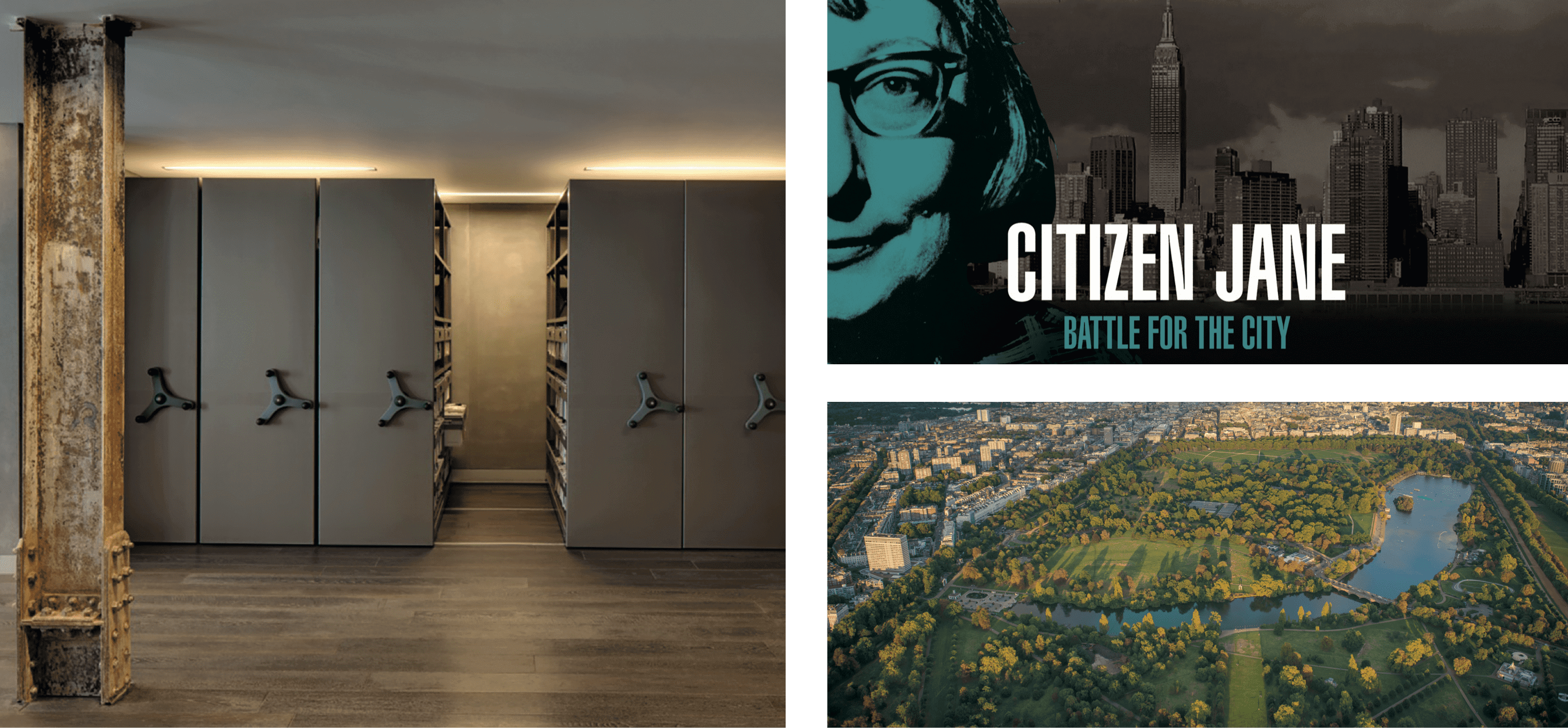
Our Development Principles
Brockton Everlast’s portfolio has been assembled with a few vital and defining characteristics, namely:
- walking (or short cycle) distance to hyper-connected transport links
- (generally) complete island blocks, with enough scale to think about either adaptive re-use or a more efficient and sustainable new development
- a desire for further engaging the public realm when the buildings are re-imagined
- short-to-medium term income in our older buildings which provide existing resident companies with affordable, well run and flexible space pending the upgrading/retrofit or development that will transform the assets into latest generation, sustainable buildings
The design and operating principles of our development projects incorporate ambitious targets; to meet the exacting and yet evolving standards of tomorrow’s workplace. These include a focus on carbon reduction in both the construction and operating phases of a building’s life, an emphasis on the wellness, creativity, productivity and sense of community for resident companies in our buildings, and to ensure that these projects engage with and give back to the streets, neighbourhoods and local context that they sit in.

Investing in real estate and delivering space is often akin to a moonshot, in the sense that one has to anticipate the future needs of the city, several years out. Energy efficiency, great public transport connectivity, long-life design, post-Covid resilience, a focus on wellness and amenities, as well as the ability for resident companies to adapt their space with inherent flexibility built-in, are certainly six factors that every building owner needs to anticipate and deliver.
"A good hockey player plays where the puck is. A great hockey player plays where the puck is going to be."
Wayne Gretzky
Assessing Opportunities
How do we think when assessing a new investment or development opportunity? (AKA, 'the shape of the yield curve as well as the shape of the floorplate').


Intuition
Intuitive thoughts based on the collective 430 years market experience of the 26-person Brockton team.
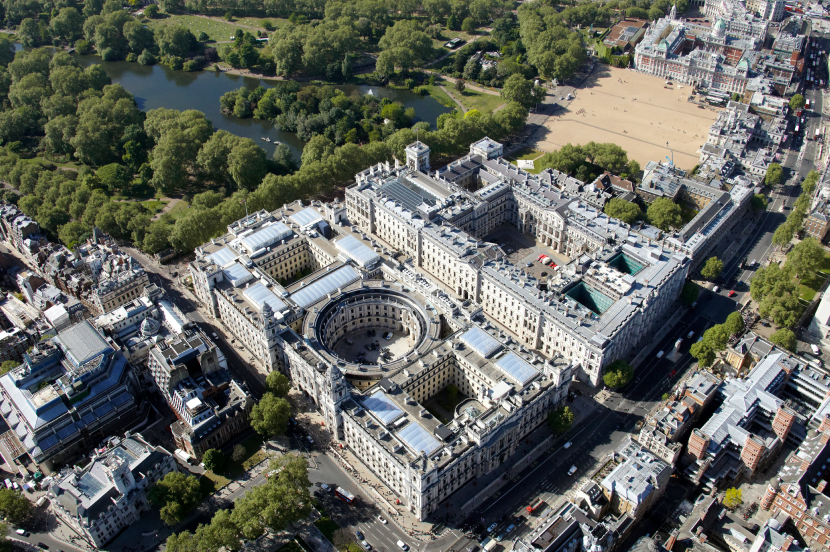
Top Down
Which way is the UK and the wider world heading? What is the interest rate environment telling us? What sub-markets should we consider in central London and the wider London metro area? What are the supply-demand fundamentals and how will Brexit affect those drivers? What kind of space do The Silent Generation, Baby Boomers, Gen X’ers, Millennials and Gen Zs want and need to occupy?
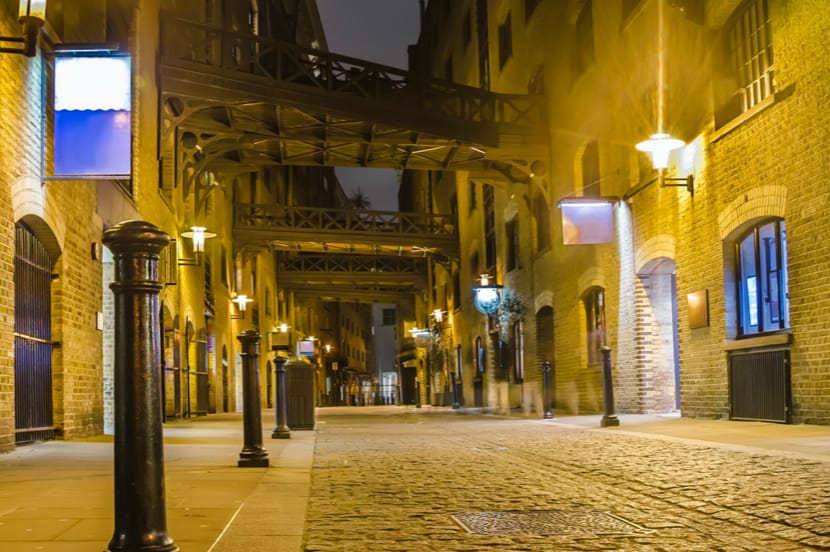
Bottom Up
Is it a good building? Is it a good street? Is it a good neighbourhood? How can these be improved? How sustainable is the building now and how can it be more carbon friendly going forward?